Parramatta’s vintage halls, churches, homes and cinemas
Feast your eyes on some vintage eye candy — charming theatres, homes and halls that stand out among a sea of modern eyesores.
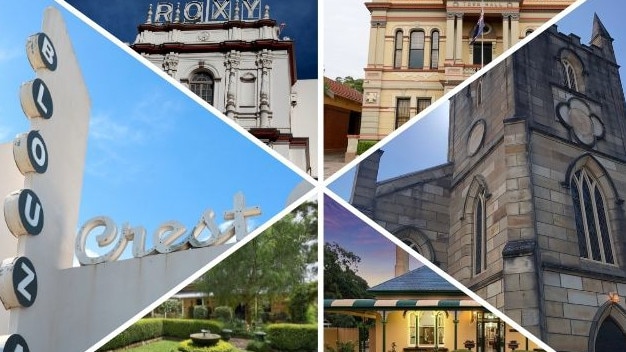
Parramatta
Don't miss out on the headlines from Parramatta . Followed categories will be added to My News.
- Plans to make Granville a heritage precinct
- Court rejects converting Roxy into tower
- Inside Linnwood House
TRAFALGAR, OLD TOONGABBIE
Just off Bungaree Rd, this head turner, Trafalgar, was built in the late Victorian era of 1888. Thomas Willmot, who was the first president of Blacktown Shire Council, bought the parcel of land on the area’s first subdivision and had the dwelling built. It retains its charm, courtesy of the federation green and cream facade, well-maintained gardens and courtyards. Inside, lofty ceilings and reinstated period embellishments.
10 Bethel St, Old Toongabbie
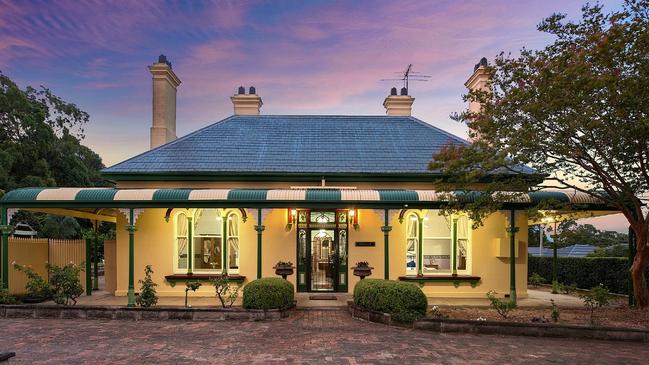
LINNWOOD HOUSE, GUILDFORD
Replete with stained glass windows, fireplaces and period furniture, Linnwood is perched on five hectares and was built by prominent businessman George McCredie in 1891.
The former mayor and independent Queensland MP was an advocate of female suffrage and after his death in 1903, his wife Susan (nee Blackwood) leased the house to the Education Department as the State’s first and only Boys’ Truant School.
The department purchased the property in 1921 and in 1936 the property was converted to a residential girls’ school.
In 1966, it was used for a home science training school for girls from deprived backgrounds.
Revelling in Linnwood House’s grandeur during open days was almost lost when the Byron Rd estate was to be sold for redevelopment almost 20 years ago.
However, it was listed on the State Heritage Register in February 2003 and is now under Cumberland Council’s trusteeship.
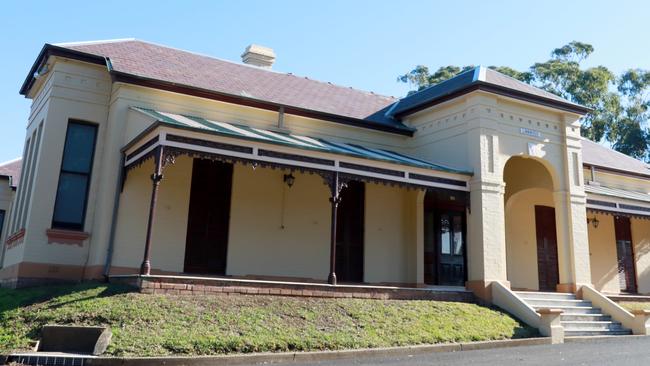
WAVERTREE, PARRAMATTA
Tucked away off Macarthur St, Wavertree is almost undetectable behind a modest fence and in a neighbourhood of high-rise units blocks that dwarf older dwellings. It’s a private residence with a rambling veranda and sandstone facade so while it can’t be explored inside, it’s hard not to grab walkers’ attention. The heritage-listed late Victorian Georgian abode shares a connection with All Saints Anglican Church at North Parramatta — both were built by James Houison. It was built in 1840 and was bestowed upon his daughter Annie for a wedding present when she married Captain Hugh Fairclough in 1862. Wavertree would have once faced Parramatta River and had a cellar. There are three sandstone chimneys and french doors and is Wavertree after Fairclough’s birthplace in Scotland.
10 New Zealand St, Parramatta
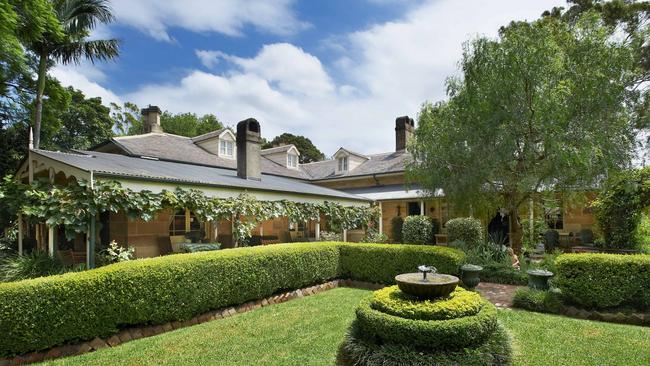
ST ANDREW’S PRESBYTERIAN CHURCH, WENTWORTHVILLE
Wentworthville was actually the second home for this David Lennox-designed Victorian Gothic jewel that was originally completed in the 1849 at Church St, Parramatta. Parramatta’s growing congregation warranted a larger church and one was built on the corner of Phillip and Marsden streets in 1926. The original church was to be demolished but Wentworthville worshippers’ need for a church signalled the relocation of the now heritage-listed building
in 1928. In an extraordinary display of patience and replicating the original landmark, it was relocated brick by brick to its present site, on the fringes of the main shopping centre.
7 McKern St, Wentworthville
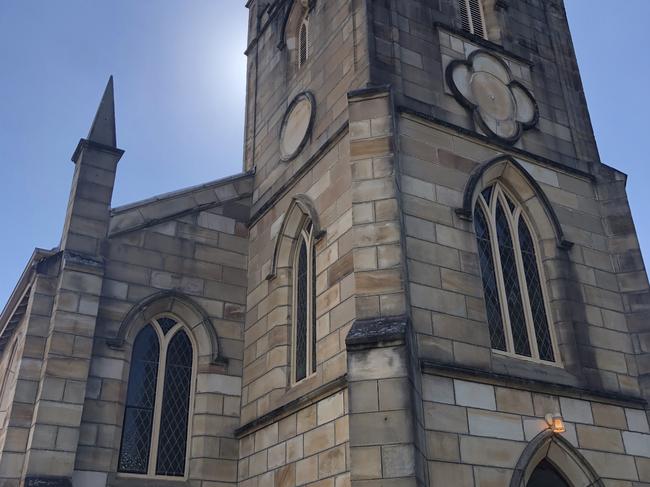
CREST THEATRE, GRANVILLE
Before monolithic cinema complexes popped up, moviegoers watched their flicks in these intimate but opulent buildings. The Crest is heritage-listed cinema and ballroom but is now used as a community theatre. Also knows as Hoyts Crest Theatre (sound familiar), Cowper and Murphy and Associates designed the eye-catching structure after the war in 1948. The first flick shown was The Swordsman, which film buffs watched from the stadium-style seating in the auditorium. The curtains closed on August 24, 1963. Today it still has a conspicuous facade courtesy of the bubble letter boards that spell out Blouza and the curved Crest sign perched atop the corner entrance.
157 Blaxcell St, Granville
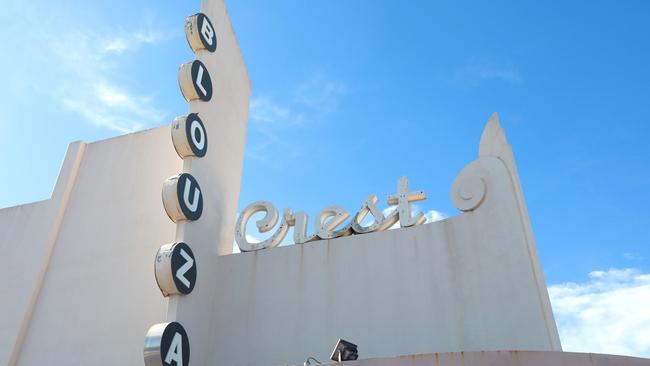
GRANVILLE TOWN HALL
This double-storey hall stands tall and proud 131 years after it was built. The brick-built, rendered hall was initially used as the Granville Municipality chambers (before it became part of Parramatta, and later, Cumberland councils). The NSW Environment and Heritage says several notable local citizens are associated with the building because the foundation stone was laid by John Nobbs on September 5, 1888. The Victorian Italianate structure is adorned with archways, Corinthian columns, brick chimneys and French doors, and is painted butterscotch and grey. Granville is so rich in history, Cumberland Council is investigating whether to open a heritage centre showcasing the region’s history.
10 Carlton St, Granville
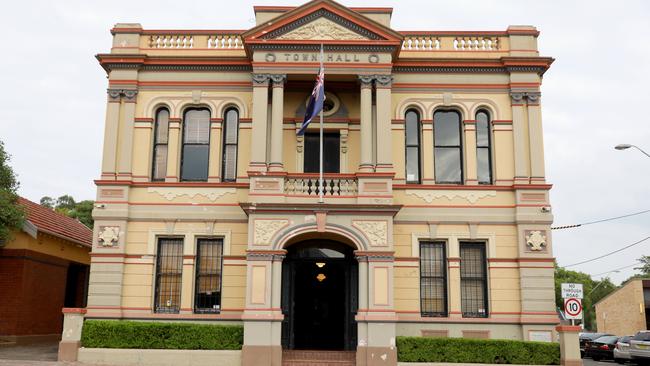
DUNMORE HOUSE, WENTWORTHVILLE
Now known as Ashmore House, this grand building set far behind the unit blocks dominating Dunmore St was built in the 1880s and the Churches of Christ ran it as a boys’ home from 1936 until the 1990s. Sir William McMillan built the property, which was once dripping with iron lace and white marbles and is still set among sprawling lawns. It is next to the Bonds site, which will be razed to make way for 1200 units and a supermarket.
222 Dunmore St, Pendle Hill
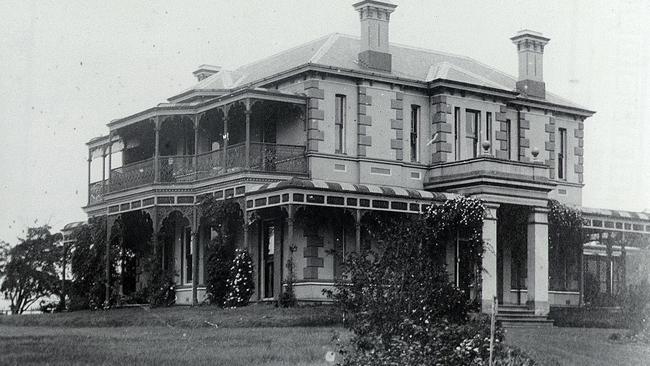
THE ROXY PARRAMATTA
The pastel palace has been a much-loved Parramatta landmark since its construction it was built in 1929. Built in the interwar period, its design also demonstrates the character-filled Spanish Mission-style features.
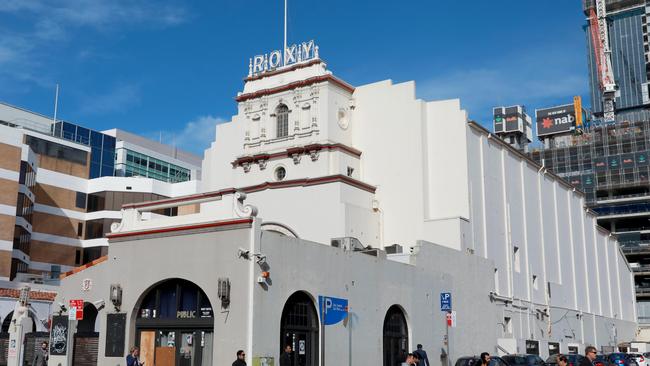
Several generations of moviegoers recall the red velvet draping its interiors before it closed in the late 1990s. Listed on the NSW Heritage Register in 1999, it became a nightclub in 2004 but became a troubled hotspot. In June, the Land and Environment Court rejected plans to convert the theatre into a 33-storey $96 million tower redevelopment, paving the way for it to become one of Sydney’s premier pubs.
65 to 69 George St, Parramatta
IN OTHER NEWS

